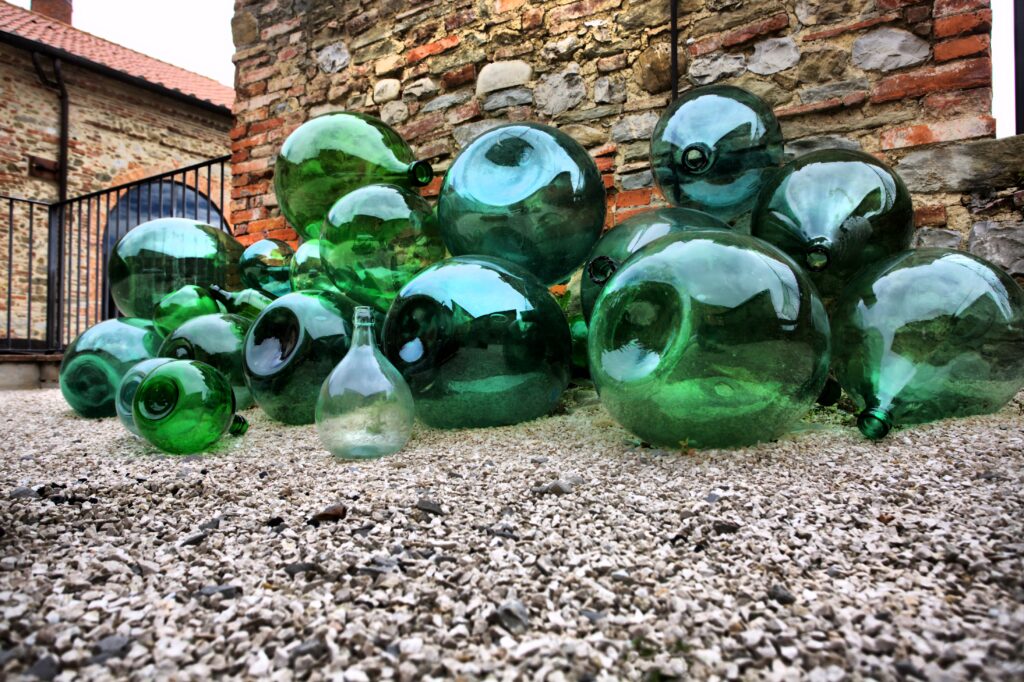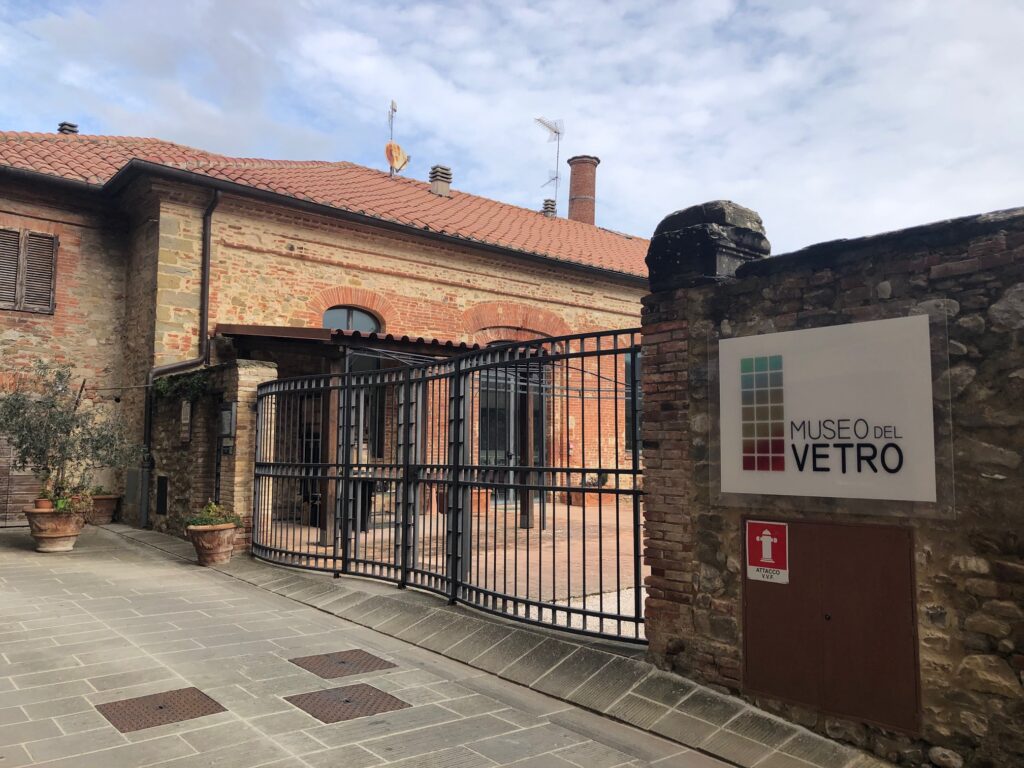What is the Glass Tourism Project?
Glass Tourism is a project for a new way to discover Italy, dedicated to all the creatives who want to explore the places where master glassmakers settled centuries ago, starting from the processing of this extraordinary material. Beyond Murano — perhaps the ultimate “glass destination” and certainly the most famous in the World — there are other “glass cities” scattered throughout Italy where, starting from the Middle Ages, a vital and flourishing glass production developed, also thanks to the skills brought by masters from the island near Venice. The Glass Tourism Project is all this: the discovery of new destinations with a centuries-old history in the most remote and lesser-known places on the Italian peninsula, starting from an in-depth exploration of this particular art form, capable of manifesting itself in infinite facets.
ALTARE
A small village in the province of Savona, in the Ligurian hinterland of Val Bormida, with fewer than 2,000 inhabitants. For many years, the history of glass, particularly European glass, ignored or neglected the story of Altare, whose production was little known or considered of secondary importance. But all this takes on a different meaning when one considers that in the 17th century, glassmaking centers arose in Europe “à la façon de Venise,” but there were also those defined as “à la façon d’Altare.” The production that has characterized Altare since its origins is certainly that of common-use glass, but always with that touch of originality and personalization that makes it possible to recognize its origin and the unique mastery of the Altare glassmakers at first glance. The product types that have always characterized this unique production particularly concern the drinking glass. Alongside glasses, coordinated bottles and sets of stemmed goblets appeared, eventually producing various models and shapes always in relation to the glass, the central core of production and the driving force of the local masters’ creativity. Tracing the stages of Altare glass art means opening up research in infinite directions: overcoming territorial borders and chronological limits to fully delineate the reality of this center immersed in the woods, among the mountains, the sea, and the plain.
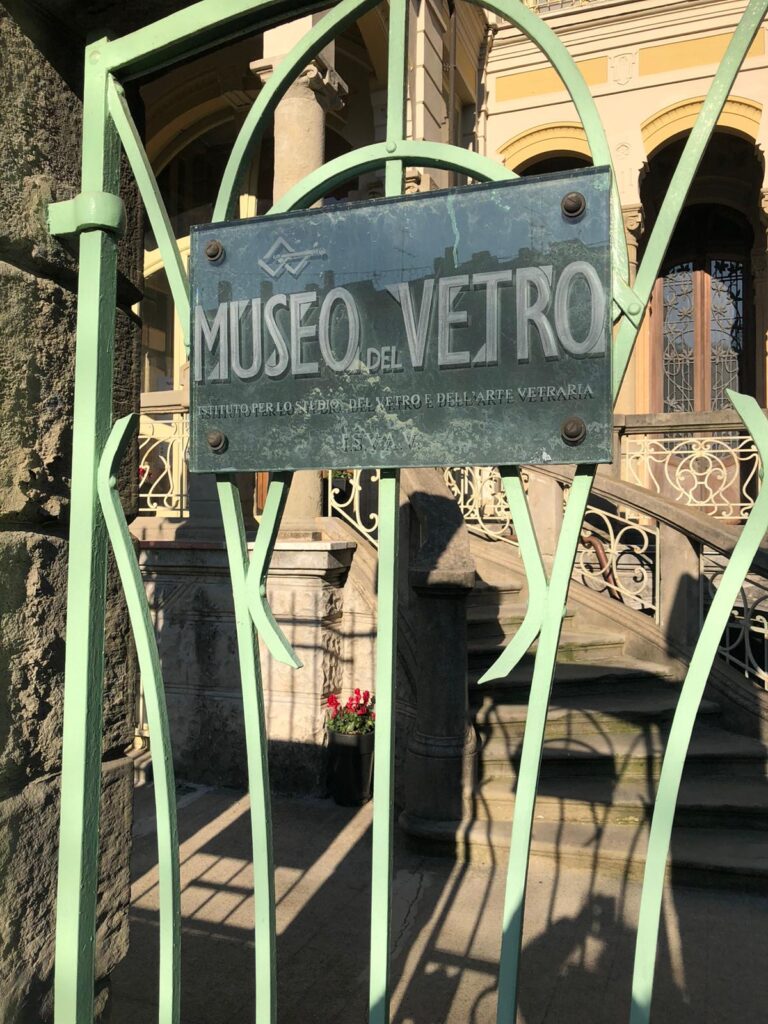
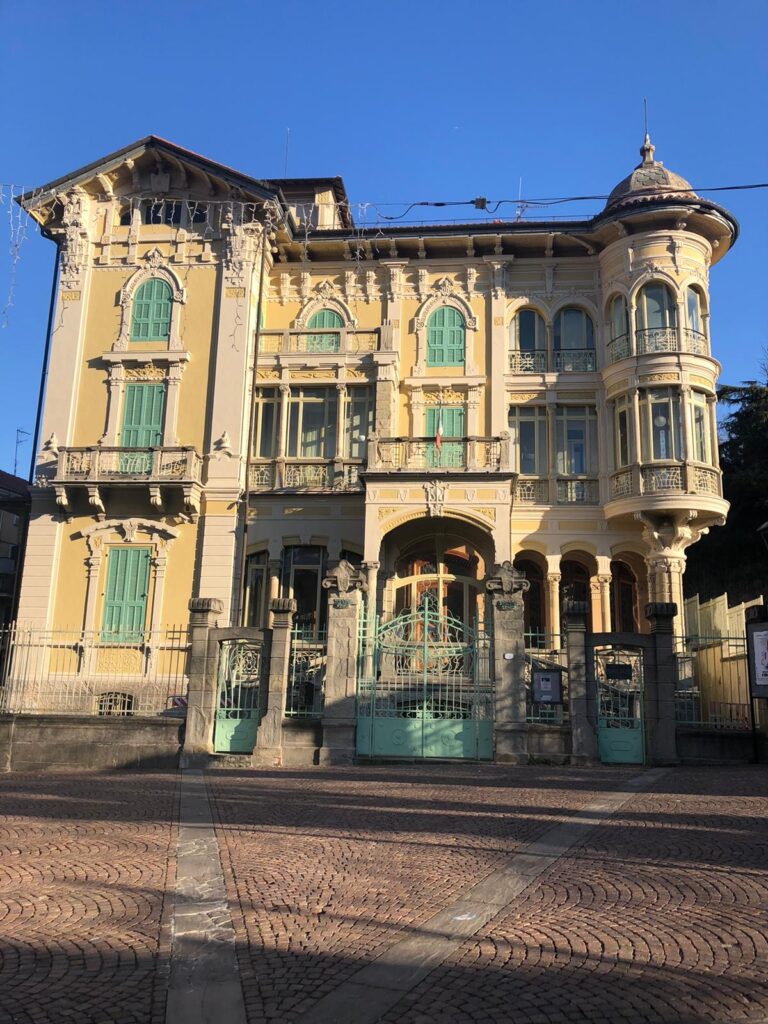
EMPOLI
A flourishing Tuscan city in the heart of Val d’Elsa, less than an hour from Florence. The origin of glassmaking activity in Empoli dates back to the first decades of the 15th century. It was introduced by local master glassmakers, particularly from Montaione and Gambassi, where the production of glass for mass-market products was already present from the second half of the 13th century. Parallel to glass production, in the 14th century, the “rivestitori” or, more properly, “rivestitrici” (straw-flask coverer) of flasks emerged, who used a marshy grass from these areas to complete these particular containers. The activity of “covering” flasks was almost exclusively carried out by women. The straw-covered flask quickly spread throughout Italy, and many painters, writers, and poets celebrated it in their works. This is how the most famous and renowned Tuscan wine container in the world was born: the Chianti flask. In 2006, the Museum of Glass in Empoli was born from the desire of the entire Empolese community to express its cultural identity and roots.
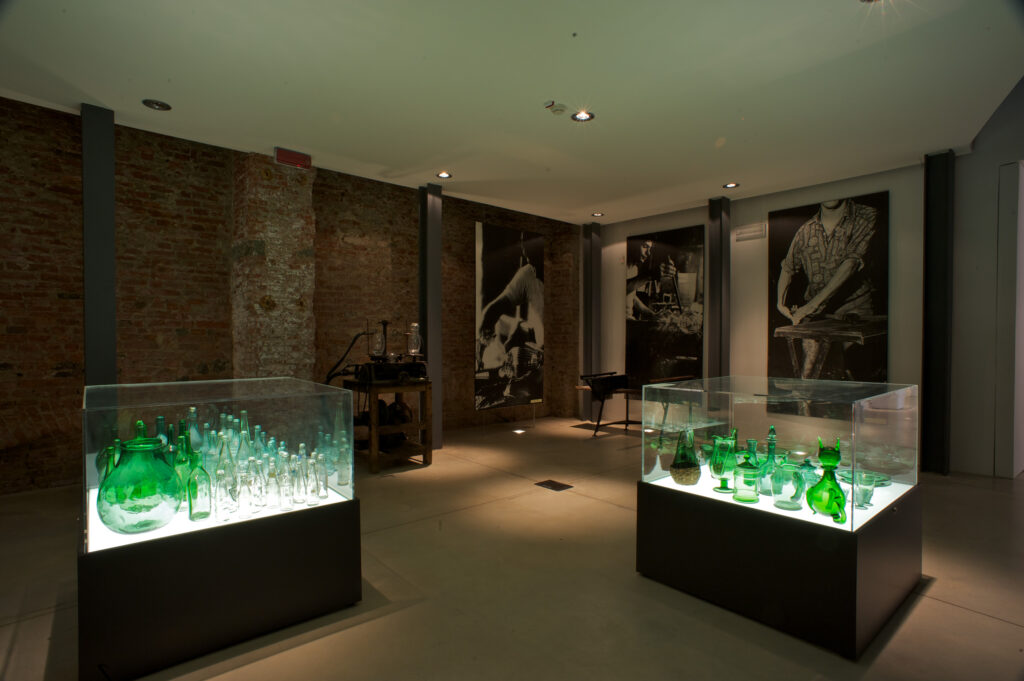
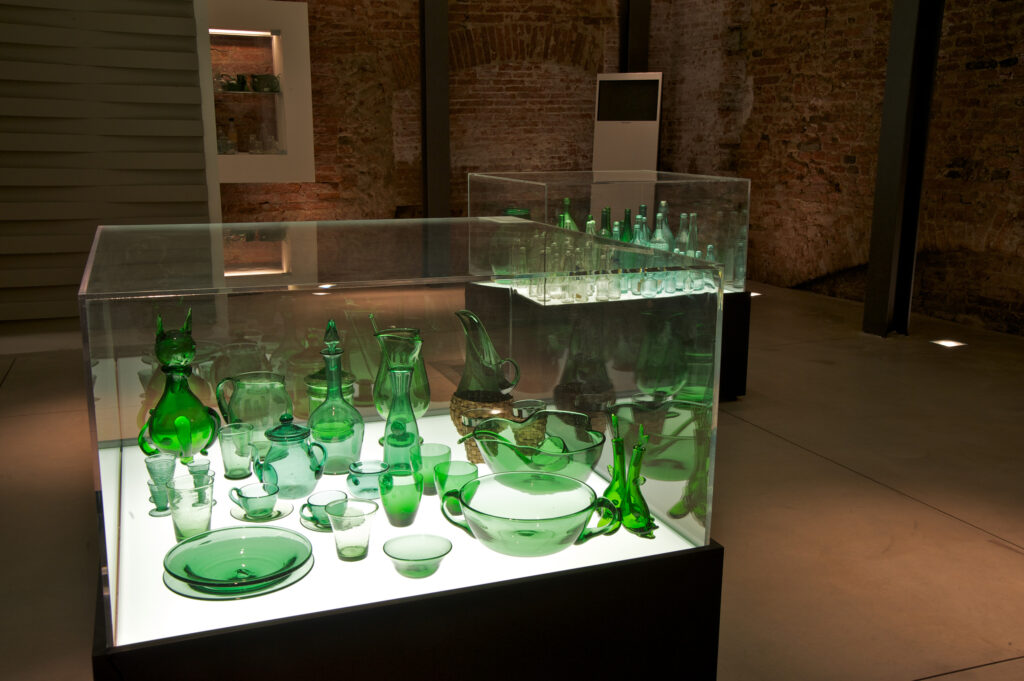
PIEGARO
A small medieval village in the province of Perugia, not far from the town of Chiusi in Tuscany. Founded by the Romans in 290 BC, it was later destroyed at the end of the Roman Empire and rebuilt in the 12th century. The birth of glass art in Piegaro can presumably be traced back to the presence of Benedictine abbeys in the Umbrian-Tuscan territory around the 14th century. The first glass productions were certainly linked to the supply of colored glass for the mosaic windows of Orvieto Cathedral. Indeed, the glassmakers of Piegaro owe their fame to the preparation of glass sheets and mosaic tesseræ for the decorations of Orvieto Cathedral and other famous Italian cathedrals. Between the 14th and part of the 18th century, the Piegaro furnace diversified its production: from mosaics to glass sheets for windows, to drinking glasses and flasks. Production in Piegaro continued throughout the 19th and part of the 20th century, limited to flask production. In 1960, the “Vetreria Cooperativa Piegarese” (V.C.P.) was founded, which initiated the mechanization process to achieve definitive development towards true industrial production. Currently, the Cooperative is one of the largest Italian and European industries for the production of glass for bottles and pharmaceutical and medical containers. In 1968, the last glassworks still operating within the walls was definitively closed, and after a long period of abandonment and a careful conservative restoration carried out in the 1990s, the current Museum of Glass was inaugurated in 2009.
